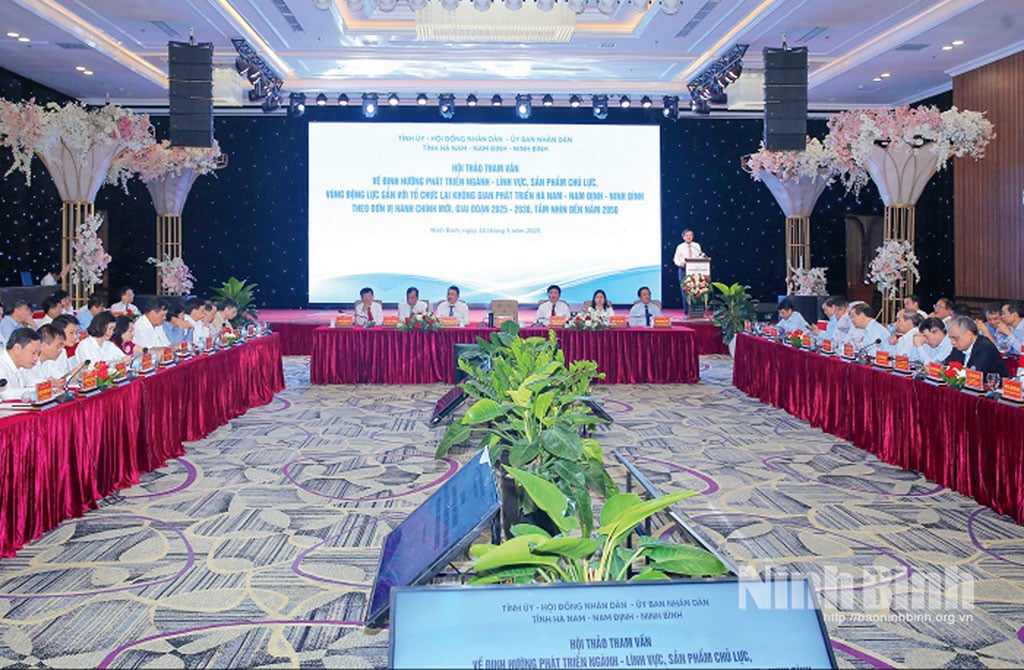
Comprehensive restructuring to overcome old limitations
In recent years, the Party Committees of Ha Nam, Nam Dinh and Ninh Binh provinces have focused on leadership, direction, seizing opportunities, overcoming challenges, and striving to basically complete socio-economic development goals and targets, with many bright spots in growth model innovation, especially renewing traditional growth drivers, focusing on developing new growth drivers based on the value of high-tech industries, digital economy, creative economy, heritage economy, circular economy; restructuring the economic structure of sectors and within sectors towards industrialization and modernization.
According to data compiled by the authorities, by the end of 2024, the total economic scale of the three provinces is estimated to reach VND 310,282 billion, ranking 11th out of 34 provinces and cities after the merger; total budget revenue reaches VND 55,018 billion, ranking 6th out of 34 provinces and cities after the merger; total export turnover reaches 17.56 billion USD, accounting for 12.3% of the total export turnover of the provinces and cities in the Red River Delta, accounting for 4.3% of the total export turnover of the whole country. Agriculture develops in an organic and circular direction; new rural construction and urban development have many breakthroughs, infrastructure is invested synchronously, the appearance of the countryside is comprehensively renewed, the quality of life in rural areas is approaching the urban area, which is a solid foundation for the goal of building the new Ninh Binh province into a centrally-run city, with the characteristics of a Millennium Heritage City and a creative city.
New economic models are developing rapidly: e-commerce, night-time economy, community tourism, creative craft villages, indigenous agriculture, etc., contributing to increasing new growth momentum for the locality. A number of digital and green economic projects have come into operation, creating restructuring highlights, affirming the brand and position in the region and the whole country, such as: "green" material production, information technology in Nam Dinh; mechanical-automotive industry, event organization-tourism in Ninh Binh; electronics industry, entertainment industry, supporting industry in Ha Nam. In particular, there have appeared Vietnamese enterprises with the ability to own joint ventures, participating more deeply in the global value chain, a positive sign of independent and autonomous development capacity.
However, in addition to the achievements, in the process of building and developing the socio-economy of the three provinces, there are still some limitations and difficulties. The first thing to mention is that the development space of the administrative-territorial unit after a period of strong development has become narrow, creating barriers to divide resources and markets, causing difficulties for industry planning associated with spatial planning in the face of the strong development of productive forces after 40 years of renovation; it is still a "lowland" in terms of international logistics, especially lacking airports and deep-water seaports.
Regarding economic development, it mainly relies on traditional growth drivers; productivity of total factors and the contribution of science and technology to growth are not high; it is necessary to resolve the issue of environmental protection and sustainable development. Along with that, digital transformation and innovation have not created new development drivers, the digital economy accounts for a low proportion of the Gross Regional Domestic Product (GRDP); there are no training, research and development (R&D) and innovation centers, and economic development is not linked to the strategy for developing key industries.
These limitations and difficulties are not only obstacles, but also the real ground that needs to be overcome to open a new development model. The merger of the three provinces of Ha Nam, Nam Dinh, and Ninh Binh is a historic opportunity to comprehensively restructure the growth model and reorganize the development space with the goal of sustainable development.
Freeing up resources - creating momentum for breakthroughs
The outstanding achievements of Ha Nam, Nam Dinh and Ninh Binh provinces in recent years, especially in the 2020-2025 term, have reached the threshold of needing a wider development space, allowing for the unblocking and liberation of all resources, fully promoting all potentials, advantages and traditional values of the land of culture and heroes, overcoming the limitations of administrative-territorial units associated with the 2-level local government model, implemented through the revolution of streamlining the apparatus and arranging administrative units, will open up for the new Ninh Binh province strong development possibilities in the era of national development.
When the province's territory is expanded, it naturally leads to an expansion of the "chessboard" of socio-economic development with greater visions, more ambitions, and more responsibilities. Dr. Le Anh Duc, Head of the Department of Regional Planning and Development, Institute of Economic and Financial Strategy and Policy, said: The merger opens up a historic opportunity to reshape Ninh Binh's development space in a more modern, sustainable and competitive direction. First of all, it is necessary to strongly improve the investment and business environment, with clear commitments from the provincial government and direct support from the new commune level, especially in handling administrative procedures, accessing land, credit and labor. On that basis, Ninh Binh should promote attracting diverse investment resources to key areas, forming new growth poles in the direction of green, circular and digital economy. Development space needs to be organized into key industry clusters based on local advantages, linked with priority policies for developing clean and high-tech industries, modernizing digital infrastructure, and building an innovation ecosystem.
In the tourism sector, the province’s unique strengths need to be repositioned as an international brand, attracting high-quality capital flows. At the same time, the rapid implementation of key infrastructure projects, synchronously connecting with regional and national systems, will be the key factor in forming a new, dynamic and highly pervasive development spatial structure, gradually turning Ninh Binh into a growth center of the region.
To successfully implement these orientations, it is necessary to have the consensus of the entire political system and the people; along with synchronous, scientific planning; breakthrough mechanisms and policies and effective investment of resources. Mr. Nguyen Xuan Anh, National Institute of Urban and Rural Planning (Ministry of Construction) said: The merger of the three provinces of Ha Nam-Nam Dinh-Ninh Binh will open up clear opportunities for local development. However, to turn opportunities into reality, the important thing lies in the ability to act quickly - make effective decisions - overcome institutional barriers that hinder production capacity. When transformed into a new province, this land cannot continue to be bound by the traditional - rigid - overlapping administrative operation model as it is today. Economic corridors, urban clusters, cultural - service industrial clusters or eco-tourism areas, if they want to develop, all need large investment capital, determined investors, projects with few barriers, and flexible legal mechanisms.
To promote efficiency after the merger, Mr. Nguyen Xuan Anh suggested: First of all, it is necessary to grant a higher autonomy mechanism to the merged province, allowing localities to shorten the planning process, project approval, land conversion and local planning adjustment. Strong decentralization to the provincial and communal levels must be accompanied by the right to flexibly apply modern urban governance models. Economic corridors cannot be just transport infrastructure, but need to be designed as an integrated policy package - with clear goals, criteria, projects, and action plans, to create real development momentum. Special financial mechanisms should be reserved for the new province, at least in the initial phase: increasing the proportion of local budgets retained; prioritizing ODA capital and medium-term public investment; establishing a fund for key corridor development.
At the same time, it is necessary to shorten the procedures for infrastructure, industrial and service projects - especially in economic zones and innovation zones - to just a few weeks according to the "fast-change" model. At the same time, to develop cultural industries and creative economies, it is necessary to allow localities to proactively build flexible public-private organizational models such as innovation promotion centers, living heritage investment funds or cultural startup clusters. When the right mechanisms and partners are selected, creative energy in society will be effectively released.
“Merging provinces is an opportunity to reorganize development space, but the core is to unleash both thinking and action capacity. A large province cannot operate under the old mechanism. The (new) Ninh Binh province is not only a larger administrative unit, but can become an experimental model for provincial development with national action capacity and towards international integration,” affirmed Mr. Nguyen Xuan Anh, National Institute of Urban and Rural Planning, Ministry of Construction.
Thus, the long-term vision for the new Ninh Binh province today does not stop at administrative reorganization but aims at a regional heritage, industrial and ecological urban area. With the merger, Ninh Binh province can reshape its position in the national development strategy: both a core cultural-heritage area, a high-quality logistics-production-service center, and a model for sustainable development combining industrialization with nature conservation. The province aims to build a model of a "heritage-green industrial-smart logistics urban area" at the regional level, an economic counterweight to the South of the Capital region, an important link in the Northern value chain and the coastal economic corridor.
However, to turn opportunities into reality, a prerequisite is social consensus and transformational governance capacity. Lessons from large provincial models such as Quang Ninh, Thanh Hoa or Da Nang have shown that: In addition to a strategic vision, flexible institutions need high consensus from the Central to the local level and the people, then any integration ideas can come to life. Therefore, the merger process needs to be carefully prepared, transparent, scientific and especially must be properly communicated to create trust, arouse the spirit of "we are one", as the people joined hands to build Ha Nam Ninh province in the first years after liberation.
The merger of the three provinces of Ninh Binh, Ha Nam and Nam Dinh is not only a return to historical roots, but also a leap towards realizing the aspiration of building a sustainable, self-reliant, integrated and civilized region. This is a typical model for the new regional development mindset: daring to think big, acting decisively, aiming for comprehensive efficiency and long-term benefits for the country, people and businesses. From today's convergence, a prosperous future is opening up for the land "as solid as a tripod" at the southern gateway of the capital.
Source: https://baoninhbinh.org.vn/khoi-day-suc-manh-hoi-tu-kien-tao-khat-vong-tuong-lai-ky-480146.htm












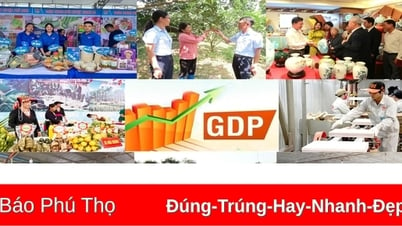

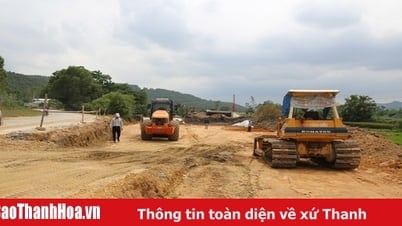


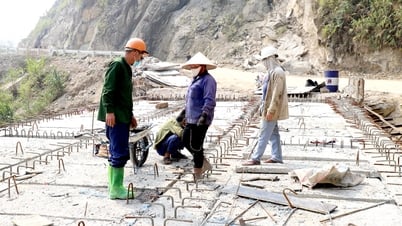





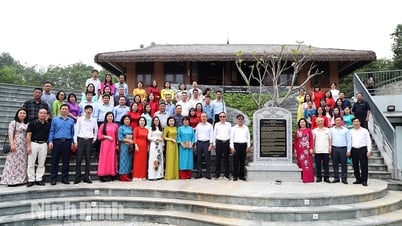

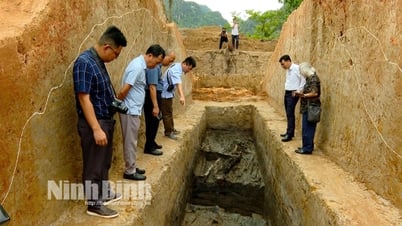


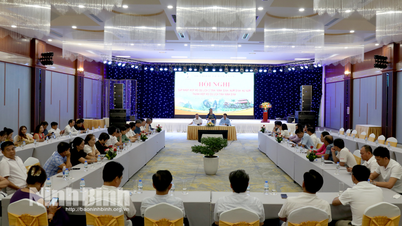
![[Photo] Prime Minister Pham Minh Chinh receives leaders of several Swedish corporations](https://vphoto.vietnam.vn/thumb/1200x675/vietnam/resource/IMAGE/2025/6/14/4437981cf1264434a949b4772f9432b6)

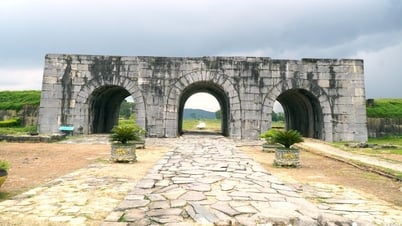








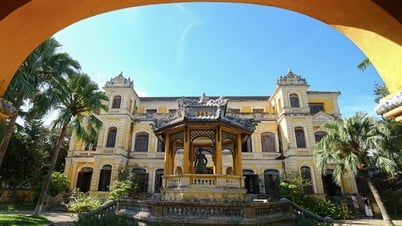





























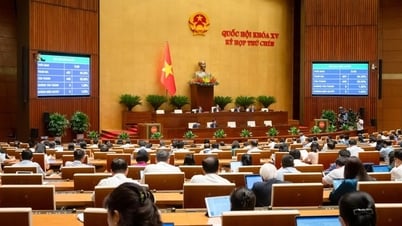




























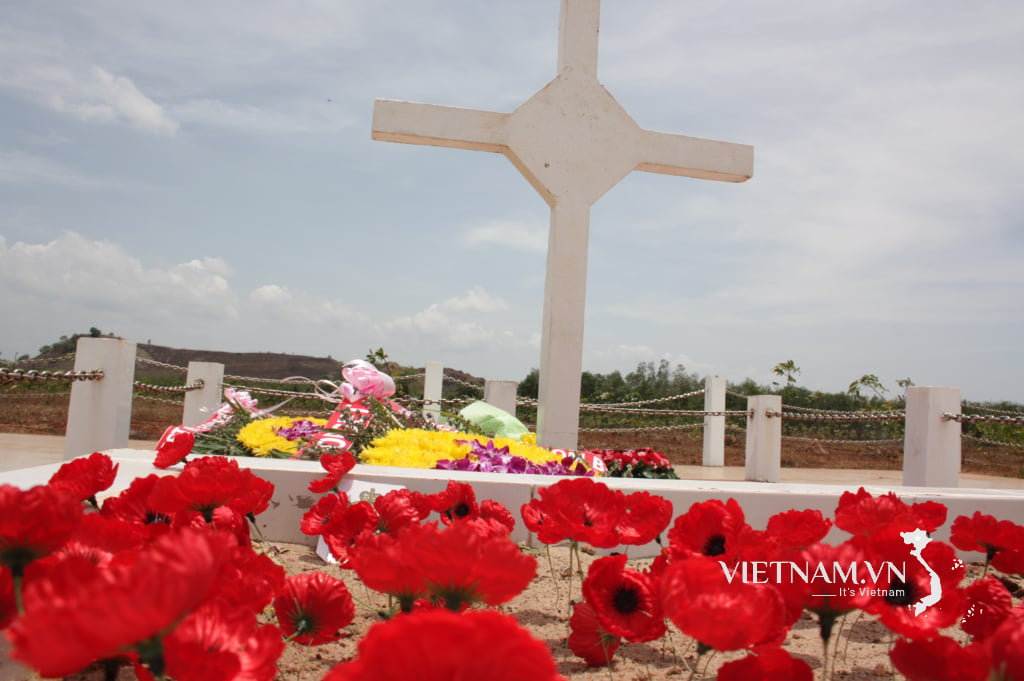


Comment (0)